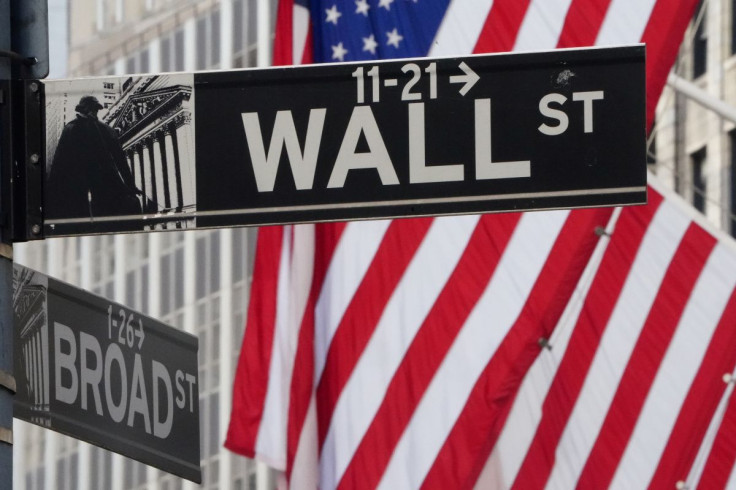Grow A Portfolio By Investing In Your Values

As the world continues to evolve, so do our investment strategies. It’s become much more than just investing in the stocks that will yield the highest return. More investors are interested in the value and ethics behind the dollar signs.
Thus, there has been a rise in Environmental, Social and Governance (ESG) investing, also known as the non-financial factors that drive investors’ thought process when building out their portfolios.
What Are ESGs?
ESG investing has become an increasingly popular type of strategy that uses the following factors to measure a specific company or investment’s sustainability.
The “E” in ESG refers to environmental factors such as deforestation, air and water pollution, green energy initiatives and the overall conservation of the natural world.
The “S” relates to social factors like gender and diversity inclusion, data security, sexual harassment policies, fair labor practices and other matters that directly impact employees.
The “G” is associated with how a company is run. How diverse their board members are, if they make any political contributions and, if so, to whom, what their executive pay scale looks like compared to that of other employees and additional considerations along these lines.
These factors are combined to give an investment and/or company a score that is used to judge its financial returns and overall impact.
According to the US SIF Foundation’s biennial 2020 trends report, domestic assets that were managed under these strategies grew to $17.1 trillion at the beginning of 2020 – a 42% increase from the start of 2018.
Balancing Risk Vs. Reward
While ESG is a newer investing strategy, it boasts high returns.
When looking at stocks, how they perform is typically tracked through broad indexes like the Russell 1000, a large-cap public company stock index.
When it comes to sustainable investing like ESGs, JUST Capital has created the JUST U.S. Large Cap Diversified Index (JULCD), which tracks the performance of this stock type with high ESG scores, including 50% of the companies listed in the Russell 1000. As of the JULCD’s creation in 2016, the companies in this index have returned 15.94% on an annual basis compared to the Russell 1000’s 14.76% return.
While many ESG indexes have outperformed these broader indexes, like the Russell and the S&P 500, this is primarily due to the inclusion of tech companies, which traditionally boast high returns and low risk outside of their ESG scores.
Building From Your Values Up
When it comes to creating your own ESG portfolio, there are a couple of key things that need to be done before beginning to invest.
Identify your most important values. Whether it be protecting endangered species or lessening the racial wealth gap, these issues will help you decide which companies are the most compatible with your moral compass.
Then you must determine the method in which you wish to invest (stocks or mutual funds). Once you’ve made these decisions, you can then begin the investment process or have an open talk with your financial advisor.
Whether you’re starting your investing journey or are looking to add more diversity to your existing holdings, ESGs are a great way to align your personal ethics with your finances.
William D. Winters is the senior vice president and managing director at Tompkins Financial Advisors in New York’s Hudson Valley.
© Copyright IBTimes 2025. All rights reserved.





















